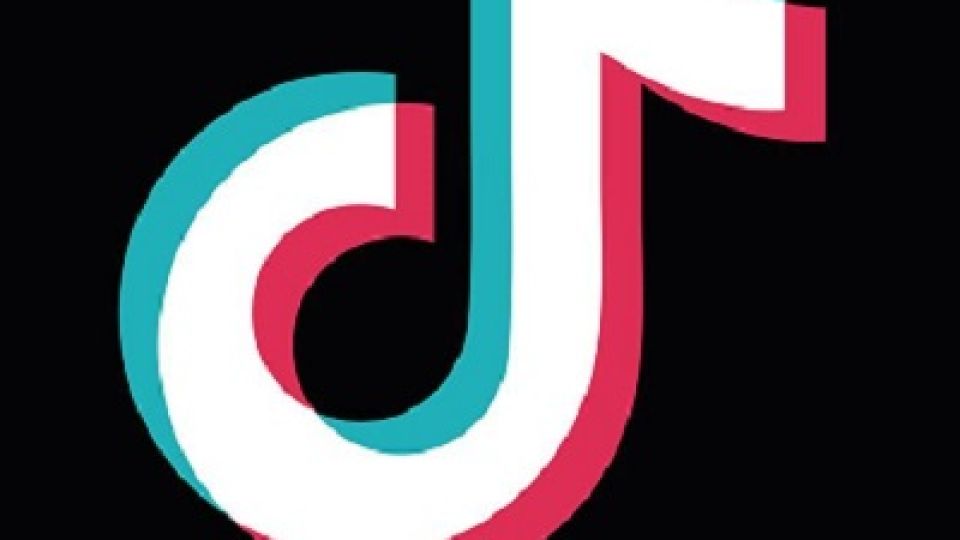by AKANI CHAUKE
JOHANNESBURG, (CAJ News) – CHINESE social media platform – TikTok has shaken up the South African market as it leaps past Instagram into second position.
According to findings of the South African Social Media Landscape 2023 study by brand intelligence consultancy Ornico and market research house World Wide Worx, TikTok is also threatening to dislodge Facebook, another powerful social network.
World Wide Worx chief executive officer, Arthur Goldstuck, said Facebook, which commands a 56.7% penetration of South Africans aged 15 and over, mainly who live in cities and towns, continues to dominate the social media scene.
However, TikTok has seen explosive growth, and surpassed Instagram to claim second position at 30.6%. Notably, TikTok’s appeal extends beyond its under-15 target audience, making significant inroads into the 15+ market. The study delves into this phenomenon further, examining the platform’s impact on different age groups.
Instagram remains a popular choice among South African social media users, boasting 27.6% penetration, while Twitter retains a significant following despite its troubled takeover by Elon Musk, standing at 22.5%. LinkedIn is far behind, but its 14.7% penetration is healthy for a professional networking platform that does not hold youth appeal.
The data is based on Ask Afrika’s Target Group Index (TGI), which surveyed 24,744 respondents. Data is weighted to the population and represents 28,1-million South Africans. Ornico and World Wide Worx also conduct a survey of social media usage by South Africa’s biggest brands, and integrate the findings with several additional data sources, into one of the country’s most anticipated research reports of the year. The report is made available to the market at no cost.
“The youth audience is key to social media in South Africa,” says Arthur Goldstuck, CEO of World Wide Worx. “When a platform like TikTok, which has deep reach among those aged under 15, breaks through to this extent in the older youth market, as well as among young adults, we can see the landscape undergoing a significant shift.”
The study highlights the correlation between social media platforms’ popularity and the proportion of highly active users. Facebook emerges as the leader, with nearly 8 out of 10 users being highly active. TikTok and Instagram exhibit similar levels of user engagement, while LinkedIn has a relatively small proportion of highly active users. This distinction implies that platforms like Facebook, TikTok, and Instagram are deeply integrated into users’ lifestyles, whereas LinkedIn is more closely associated with their “workstyles”, says Goldstuck.
Another significant insight from the study is the impact of privilege on social media usage. Across most platforms, there is a strong correlation between race, socio-economic level (SEL), and general usage, as well as highly active usage.
“This observation serves as a reminder to South Africans on social media to acknowledge their privilege and serves as a key theme throughout the report’s analysis of individual platforms.,” says Goldstuck “For example, TikTok’s one weakness is the extent to which its penetration is correlated with socio-economic level (SEL).”
At the highest level, SEL 1, TikTok has massive penetration, at 57% of this population segment. It drops off steadily to 28% at SEL 8, and then almost vanishes, with the two lowest SELs seeing below 8% penetration.
“This partly tells us that TikTok and privilege go hand in hand, across all population groups.”
Meanwhile, the industry survey conducted as part of study, among more than 100 of the country’s biggest brands, revealed that Twitter experienced a significant decline in the percentage of major brands using it as a marketing platform, dropping from 69% to 63%, compared to a high of 88% in 2019.
Says Oresti Patricios, CEO of Ornico: “One of the big shifts measured in the survey was in the proportion of companies at the highest spend category and those at the lowest. Almost the exact percentage of decline in those spending more than R50,000 a month, a 9% drop from 22% down to 13%, was applied to the increase in the lowest category.
“The survey saw a 10%, rise from 54% to 64%, in the percentage of those spending less than R10,000 a month. Interestingly, this coincided with a similar rise in the proportion of companies using social media as a means to lower the cost of communications, from 20% to 27%.”
On the question of whether social media brought brand returns, the positive response remains rock-steady at 65%, says Patricios.
“When asked to specify returns, one stood out above all others: Brand awareness. While it did lead the way last year, at 60%, it thoroughly dominated, with 91% citing this benefit.”
The industry survey offers valuable insights into the changing dynamics of social media in South Africa. As brands navigate the evolving digital landscape, understanding these trends is crucial for developing effective marketing strategies and maximizing their online presence.
Patricios warns in the introduction to the South African Social Media Landscape 2023 report that artificial intelligence (AI) holds the potential to hand control of social media to bots.
“As we witness the increasing integration of AI-based technologies into every facet of our online existence, we are inadvertently surrendering the right to our internet freedom to unconscious algorithms,” he says. “Once a space where the human touch prevailed, social media now veers toward a future where we engage with bots, moderated by bots, and our very opinions are shaped by bots.”
ABOUT TIK-TOK
TikTok is a social media platform for creating, sharing and discovering short videos. The app is used by young people as an outlet to express themselves through singing, dancing, comedy, and lip-syncing, and allows users to create videos and share them across a community.
– CAJ News

